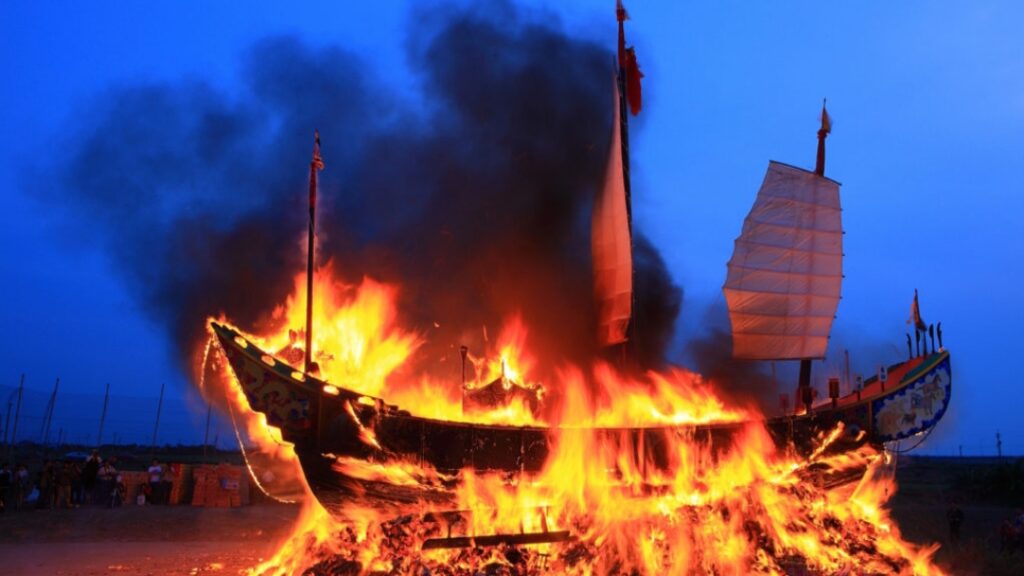

It's clear she's talking about how we do things today, everyday.

All nine tales in Fireworks involve sexual energy and violence, but how precisely does this imagery link up with her themes of identity, signification, borders? Perhaps the latter are indirect means for exploring the former? Or better yet: the other way round.Ĭarter's tales feature the way things were done in other times or other places, imagined or real. There are many significant boundaries crossed or feared, boundaries of identity as well as of language or of landscape mirrors and masks appear repeatedly and Carter seems to be playing with various specie of simulacra and performance.Ĭarter isn't coy with her symbolism or allegory, but it's not immediately clear to me what she is saying in each story. Show More pretences at the imitation of life." (Carter later calls the tale "subliterary".) The shadow motives or impulses at the heart of so much human interaction is evident in these stories, whether overt as in "Loves of the Lady Purple" or half-hidden "in the heart of the forest" as in the story of that name. Nota bene: Carter's stories are sometimes gory, and several include scenes of sexual violence. My favorite is "Ashputtle, or the Mother's Ghost: three versions of one story", which first analyzes, then strips and distills the Cinderella myth to its haunting bones. At their best, however, her work, mythic and everyday alike, exposes and owns human ugliness and opens the door briefly to primal beauties. Some of her revised fairy tales from The Bloody Chamber, as has been noted elsewhere, are more amusing than insightful in the light of further developments in the genre. Some stories are not so hothouse lush in their verbiage, so I'd encourage a first-time Carter reader to flip past any stories that bother them, rather than putting the book down.

Sometimes, Carter indulges her purple tendencies under the auspices of a believably pompous or flowery narrator, but different readers may find that mechanism more or less effective. It can even tire the eye so that it may miss or fail to appreciate inspired images like a tumbledown house "with a look of oracular blindness", a child with "a whim of iron", or Autumn giving the forest "a sickroom hush". Show More in certain motifs, themes and tropes - fairy tales, folklore, the ocean and forest in myth, and others - and the rich variety of topics, settings and structures in the collection was engaging.Ĭarter's prose does tend towards the purple, and while on the one hand it is an essential part of her charming audacity, on the other hand it can be excessive.


 0 kommentar(er)
0 kommentar(er)
